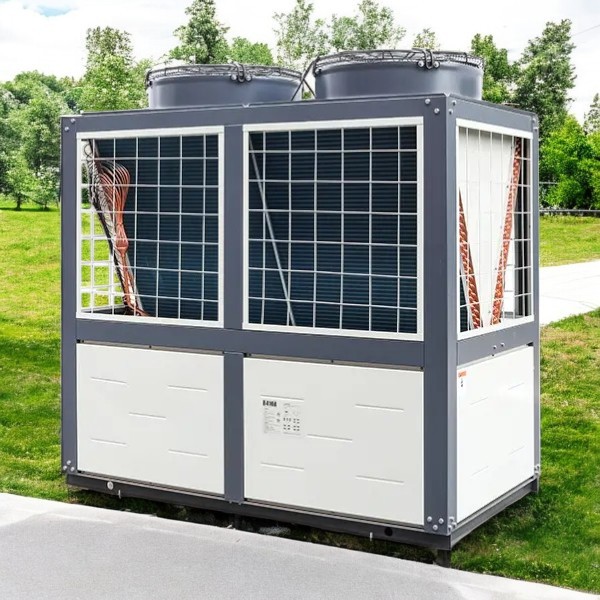What is a Heat Pump?
A heat pump is a system that makes low-temperature heat from nature usable.

Working principle of heat pumps
The working principle of heat pumps is the same as the refrigerators we use in our homes. Heat pumps can be used alone or with an additional system.
Low-temperature heat taken from natural sources such as air, water, and soil is converted into vapor using refrigerant fluid. The vapor is then sent to a compressor, where it is compressed to obtain high temperature and transmitted to the distribution system.
A heat pump used for heating in winter can also be used for cooling in summer.
Compared to fossil fuels, heat pumps provide savings of 50%-75%.
In an air-source heat pump, the air flow rate is calculated as approximately 350 m³/h per kW.
Water: In a water-source heat pump, the water requirement is between approximately 150 l/h and 200 l/h per kW.
Ground Collector: In a ground-source heat pump, when the ground collector is installed, the surface area required is 1.5 to 2 times the size of the area to be heated (the type of soil, collector depth, and geographical conditions play a role in this). The highest efficiency in this installation method is calculated to be 20 W/m.
Vertical Drilling: In the vertical drilling process for ground-source heat pumps, the drilling depth is calculated at approximately 30 W to 50 W per meter, depending on the soil structure.
Ground Spiral Installation: In the ground-source heat pump spiral installation method, depending on the soil structure, approximately 10 m² of space is needed for one spiral installation, and efficiency is calculated between 700 W and 1000 W.





